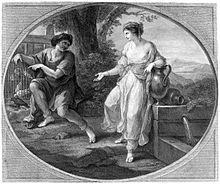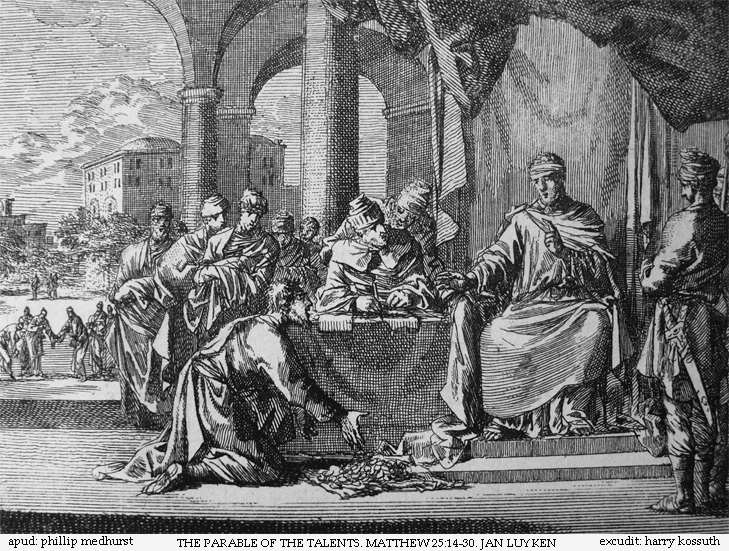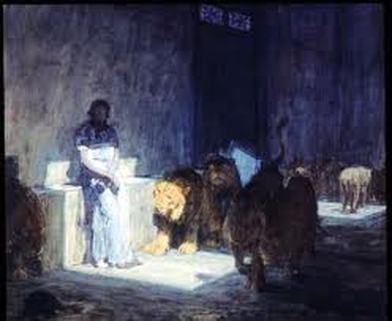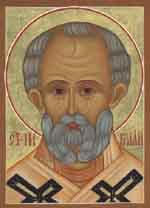
A scene from the 1978 film “Same Time, Next Year,” which suggested the title of this blogpost…
* * * *
 I haven’t had much time to post anything lately, as explained below.
I haven’t had much time to post anything lately, as explained below.
So today – Thursday, December 29 – I present “Same time, last year.”
That’s an allusion to “Same Time, Next Year,” the 1978 American romantic comedy-drama film starring Alan Alda and Ellen Burstyn. (And featuring the theatrical release poster at left.)
But getting back to: “It’s been a while since I’ve posted anything.”
In fact it’s been since December 6, when I posted On the REAL “Jolly Ol’ Saint Nick.” But I have a good excuse: I had to go to a funeral.
My aunt died on December 7. She was a mere 80 years old, and so still fairly young by today’s standards. (Especially as I myself get closer to that age.) But she had a host of health problems, and so it wasn’t really surprising to get a text from my sister-in-law on December 3. It said Joan was in the ICU, “critical but stable.” But unfortunately she went downhill from there. So I had to “attend another stinkin’ funeral!” (As we say in our family, having gone through too many lately.)
Then – less than a week after returning home from the funeral – my “mission” was to turn around and head back north again, this time to Greater Cincinnati and Cleveland. (A trip that was basically a reprise of the one taken in December 2014, detailed in “Another brick in the wall” and featuring an image of the Rock and Roll Hall of Fame, as seen in the notes…)
Which is why the title of this post is “Same time last year…”

It included a pretty good summary of the main theme of this blog: To help you – and me – get a better feel for communicating with the Force that Created the Universe.
It also included a reference to Matthew 25:14-30, about the Parable of the talents.
That parable was about three servants, each of whom were given some “talents.” Taken literally, a talent was worth 50 or 60 shekels, and “so was a good chunk of change.” But viewed metaphorically, it can also refer to a “special often athletic, creative, or artistic aptitude.” Which is something we all have, to one degree or another.
So anyway, one servant got ten talents, and basically doubled his master’s investment. The same thing happened with the servant given five talents. But the third servant did nothing: “So what the master got back on his investment was nothing more than the original talent he’d given out.” Which led to the moral of the story that Jesus seemed to make: That you can’t be a “good and faithful servant” unless you give back more to God than what He originally gave to you. And that you can’t do that by being too focused on “avoiding sin:”
[W]hile it certainly is important to not make really stupid mistakes – which tend to have really bad consequences – that’s not the main job of a Christian. The main job of a Christian is to “develop his talents[,” which] means a real Christian is bound to make mistakes.
Then too, once you realize that all real Christians make mistakes – if they’re really developing their talents – you’ll be that much less likely to develop the “holier than thou” complex that afflicts so many who call themselves Christian. (Which is the kind of thing that led Paul to say “The name of God is blasphemed among the Gentiles because of you.”)
 On that note see Sin and cybernetics: “Maybe the concepts of sin, repentance and confession are simply tools to help us realize the purpose Jesus had for us, to wit: to ‘live life in all its abundance.’” (See John 10:10; the second part.) Put another way, maybe “sin” is not so much to make people feel guilty – as some Christians say – but rather as a means of self-correction, so that we can better “hit the target…”
On that note see Sin and cybernetics: “Maybe the concepts of sin, repentance and confession are simply tools to help us realize the purpose Jesus had for us, to wit: to ‘live life in all its abundance.’” (See John 10:10; the second part.) Put another way, maybe “sin” is not so much to make people feel guilty – as some Christians say – but rather as a means of self-correction, so that we can better “hit the target…”
Which brings us back to the Parable of the talents, and what it means. As Wikipedia noted:
It is clear that the master sought some profit from the servants’ oversight. A gain indicated faithfulness on the part of the servants. The master rewards his servants according to how each has handled his stewardship. He judges two servants as having been “faithful” and gives them a positive reward. To the single unfaithful servant who “played it safe,” a negative compensation is given.
And speaking of the hazards of a Christian “playing it safe” – focusing too much on sin, and especially that of other people – that’s pretty much what I said in Singing a NEW song to God: “How can we do greater works than Jesus if we interpret the Bible in a cramped, narrow, strict and/or limiting manner?” (And for that matter, why does the Bible so often tell us to “sing to the Lord a new song?” See Isaiah 42:10 and Psalms 96:1, 98:1, and 144:9.)
So here’s a New Year’s wish for 2017: Let’s all work hard to avoid being boot-camp Christians. Let’s all work hard, so that this “same time next year” – December 29, 2017 – we can say:
Boy, we sure developed our talents!!
* * * *

* * * *
The upper image is courtesy of Same Time, Next Year (1978) – IMDb. Photo 6 of 13, with the caption: “Alan Alda and Ellen Burstyn in Same Time, Next Year … by Archive Photos/Getty Images – © 2012.”

The post Develop your talents with Bible study included the image at left, of Daniel in the lions’ den. See also Daniel and the Lions Den – Hebrew Bible and Art. The painting itself is by Henry Ossawa Tanner (1859-1937), “the first African-American painter to gain international acclaim. He moved to Paris in 1891 to study, and decided to stay there, being readily accepted in French artistic circles. His painting entitled Daniel in the Lions’ Den was accepted into the 1896 Salon.” The painting itself “uses light to symbolize God’s presence. It is simple and there is not a lot of detail but it gets the point across.” See also Wikipedia, the free encyclopedia.
Re: Morality plays – noted here as “morality tales.” See Wikipedia, referring to the…
…genre of Medieval and early Tudor theatrical entertainment. In their own time, these plays were known as interludes, a broader term given to dramas with or without a moral. Morality plays are a type of allegory in which the protagonist is met by personifications of various moral attributes who try to prompt him to choose a Godly life over one of evil. The plays were most popular in Europe during the 15th and 16th centuries.
See also Morality tale … by The Free Dictionary, and/or What is a moral tale? | Reference.com: “a type of story, popular during the 15th and 16th centuries, that uses allegory to portray the struggle between good and evil, often culminating in a lesson.”
 Re: The Rock and Roll Hall of Fame, “as seen in the notes.” The “Hall” is shown at left, and in “Another brick in the wall.”
Re: The Rock and Roll Hall of Fame, “as seen in the notes.” The “Hall” is shown at left, and in “Another brick in the wall.”
Re: “God’s name blasphemed…” See Romans 2:24.
The lower image is courtesy of Parable of the talents – Wikipedia, with the caption: “The parable of the talents, depicted in a 1712 woodcut. The lazy servant searches for his buried talent, while the two other servants present their earnings to their master.”
 Tuesday, December 6, 2016 is the
Tuesday, December 6, 2016 is the  See
See  And so, back in 1897 – when
And so, back in 1897 – when 